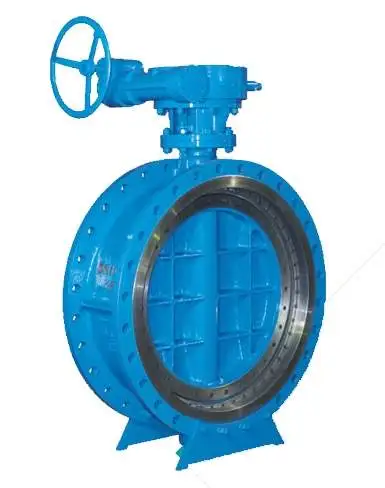At present, requirements for durability and reliability of valves under various operating conditions are becoming increasingly high. Triple eccentric metal seated butterfly valves have emerged with the advanced technology. The valve body and valve seat are connected components, and the sealing surface of the valve seat is welded with heat-resistant and corrosion-resistant alloy materials. The multi-layer soft and hard stacked sealing ring is fixed on the valve plate. However, there are still many defects in the actual production of the three eccentric structure.

1. Because of the multi-layer soft and hard laminated sealing ring fixed on the valve plate, when the valve plate is normally open, the medium forms a positive flushing on its sealing surface, and the soft sealing belt in the metal interlayer is directly affected by the flushing, which directly affects the sealing performance.
2. This structure is not suitable for valves with diameters below DN200 due to structural limitations. The reason is that the overall structure of the valve plate is too thick, and the flow resistance is great.
3. The sealing between the sealing surface of the valve plate and the valve seat relies on the torque of the transmission device to press the valve plate towards the valve seat due to the principle of a three eccentric structure. When in a positive flow state, the higher the medium pressure, the better the sealing compression becomes. When the medium in the flow channel is in reverse flow, as the pressure of the medium increases, the unit positive pressure between the valve plate and the valve seat is less than the medium pressure, and leakages happen.
